Consortium

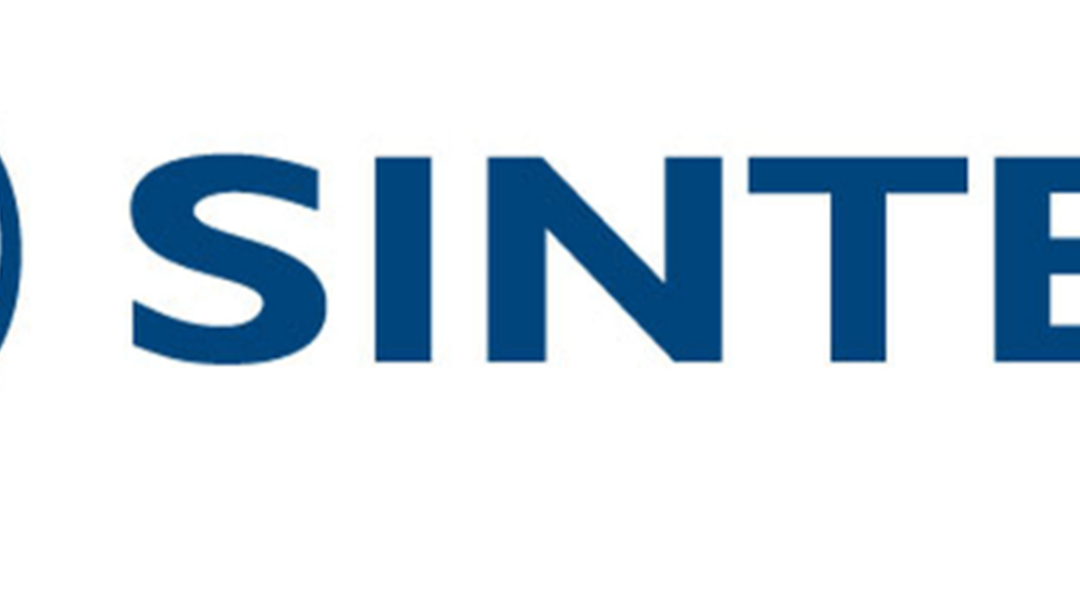
SINTEF is an independent, not-for-profit research foundation and part of the SINTEF Group. SINTEF is the largest independent research organisation in Scandinavia, with about 2150 employees. The organisation earns most of its income from contract research for industry and the public sector in Norway and internationally. Contract research carried out by SINTEF ranges from basic through applied research to commercialisation of results. SINTEF is represented in this consortium by the department of Sustainable Energy, with two groups located at Trondheim (New Energy Solutions, NES) and Oslo (Thin Film and Membrane Technology, TFMT) and the department of Process Technology, with its group Flow Technology in Trondheim.
Main tasks in CHANNEL: Project coordinator, AEM optimisation through electrochemical modelling, stack design and component optimisation (e.g. PTLs, meshes and bipolar plates) investigating the performance and durability of these components in-situ. In addition, SINTEF leads communication and dissemination activities.
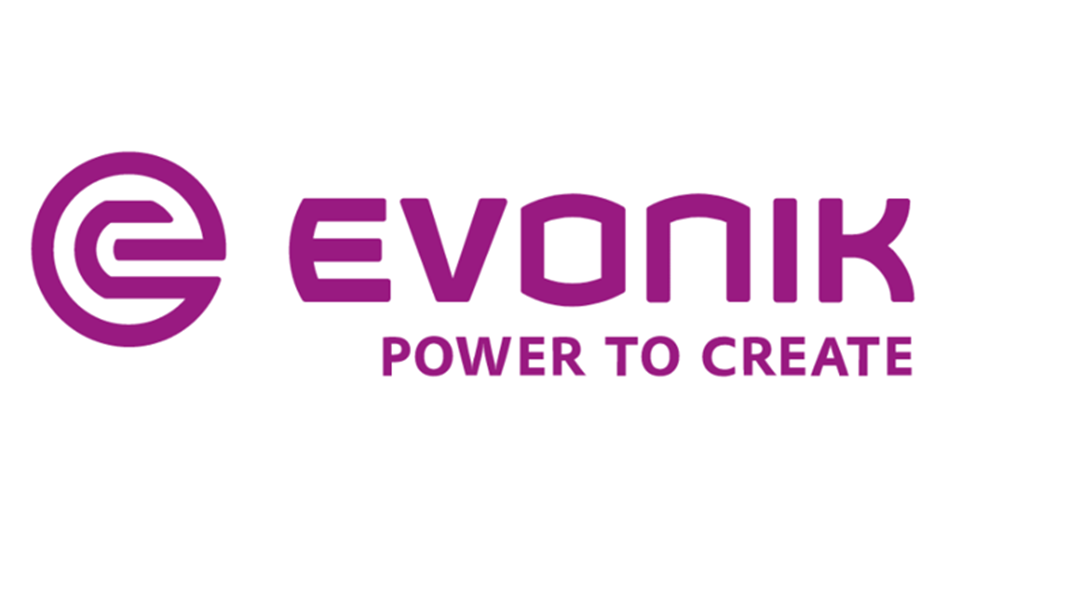
Evonik Creavis GmbH (ECR) belongs to the Evonik Group, which is one of the world’s leading specialty chemicals companies. In fiscal 2018, the enterprise generated sales of around € 15 billion and an operating profit (adjusted EBITDA) of about € 2.6 billion. It is active in more than 100 countries with more than 36,000 employees. As Evonik’s strategic innovation unit, Creavis concentrates on medium- and long-term innovation projects that support Evonik’s growth and sustainability strategy while tapping into new business opportunities. Creavis researches transformative innovations, taking economic, environmental, and social concerns into account as part of its portfolio management. In addition, Creavis also develops competence platforms that it then provides to Evonik, making it the creative inspiration behind Evonik innovations. Creavis also moves projects forward in the following selected innovation fields: Food Solutions, Care, Direct Manufacturing, Membranes, Feed Ingredients, Medical Devices, and Sustainable Energy Solutions. These innovation fields pay direct dividends for innovation growth fields and, as such, for the company’s overall growth strategy. Creavis always coordinates these research and development activities in close collaboration with Evonik’s operating segments.
Main tasks in the project: Evonik Creavis Gmb is the lead beneficiary for membrane and ionomer development and is also involved in membrane electrode assembly (MEA) development. The main activity of Evonik is to optimize and provide both proprietary anion-conducting membranes and ionomers for electrode inks. Both are key components for electrolyzer performance and lifetime. Furthermore, Evonik brings in expert knowledge in ex-situ/in-situ testing and components qualification
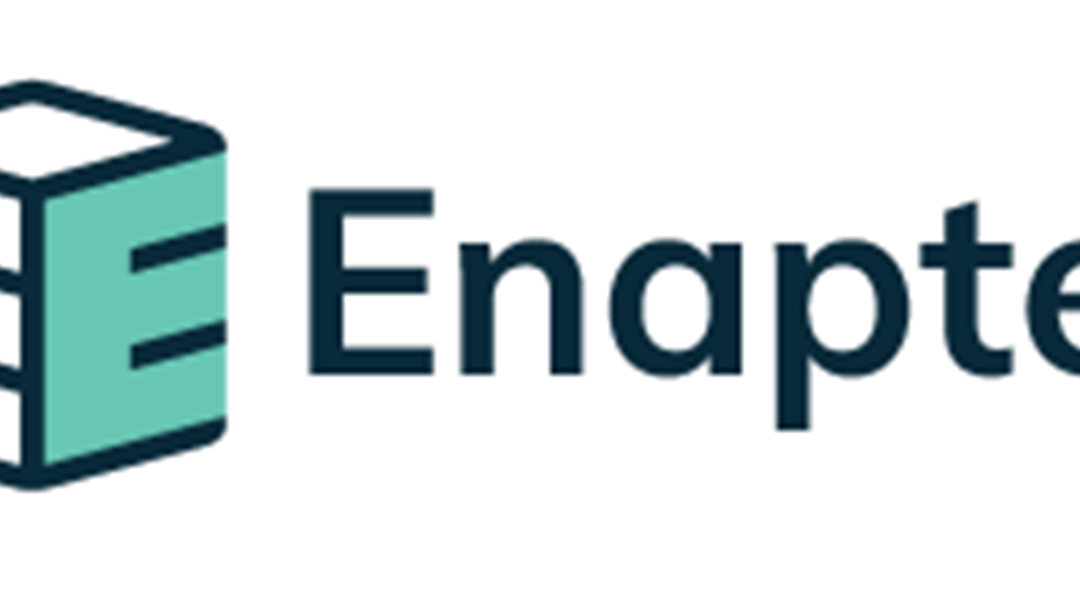
Enapter designs and manufactures AEM electrolysers. The company’s core product, the EL2.0, is a standardised and flexible electrolyser building block with a hydrogen production rate of 0.5 Nm3/hr that can be used to build electrolyser systems of any size. Enapter is made up of experts in electrochemistry, electrolyser engineering, and IT. About 45 staff are employed by Enapter Srl in Pisa, Italy, where the companies main activities in R&D and manufacturing are located. Enapter has other offices in Berlin, St Petersburg, and Bangkok.
Main tasks in CHANNEL: Enapter is the lead beneficiary for design, construction, and testing of the demonstrator, and also lead Techno-economic analysis. The main activity will be to design, build, and test a 2kW stack using the MEAs developed by Jülich and NTNU. In addition, Enapter will design and build a balance of plant around the stack

The Norwegian University of Science and Technology (NTNU) is the largest Norwegian university with close to 40.000 students, and a well-reputed university internationally. NTNU covers a range of fields in technology, science, and the humanities. The Nobel prize for medicine was awarded to NTNU professors in 2014. The electrochemistry group is a part of the Department for Materials Science and Engineering at the Faculty of Natural Sciences, located in Trondheim. The electrochemistry group consists of five professors and one associate professor. Subject areas covered in electrochemistry are corrosion, fuel cells and electrolysers, advanced batteries, and industrial electrolysis, within which the group supervises approximately 30 PhD and MSc students and post doctors. The group also teaches a number of courses at bachelor, master, and PhD levels.NTNU is the lead beneficiary for hydrogen evolution reaction development in the project.
Main tasks in the project: NTNU is responsible for development, synthesis, and characterization of advanced Ni-based cathodes electrocatalysts for the stack. In addition, NTNU is involved in the design of electrodes and techno-economic analysis
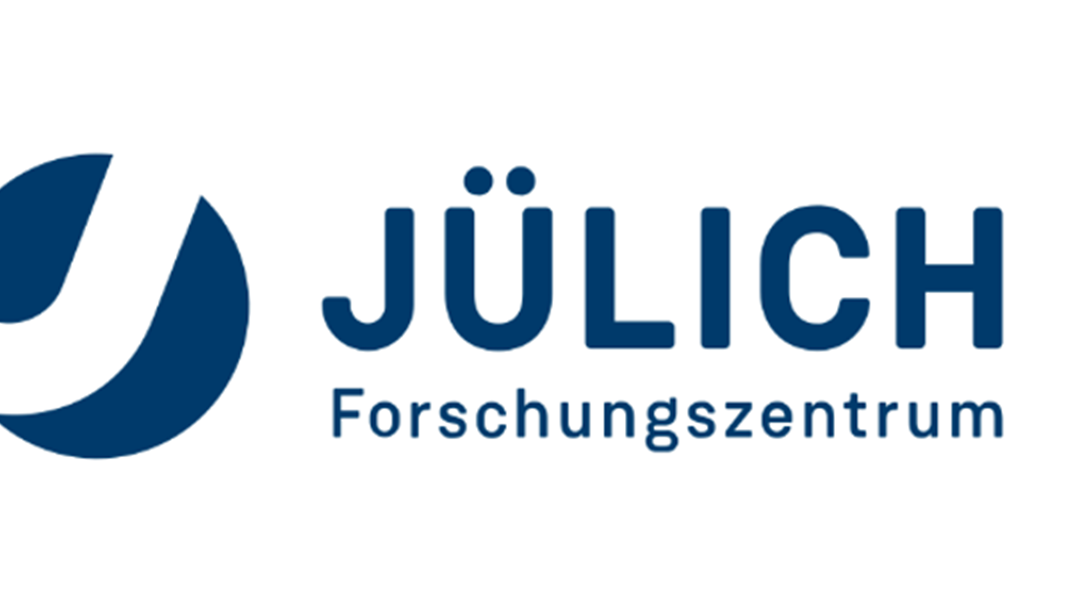
The Forschungszentrum Jülich ("Julich Research Centre") is a member of the Helmholtz Association of German Research Centres and is one of the largest interdisciplinary research centres in Europe. The Forschungszentrum Jülich employs more than 5,700 members of staff (2015) and works within the framework of the disciplines physics, chemistry, biology, medicine and engineering on the basic principles and applications in the areas of health, information, environment and energy. Amongst the members of staff, there are approx. 1,500 scientists including 400 PhD students and 130 diploma students. The Institute of Energy and Climate Research investigates modern energy conversion technologies within the framework of climate and environmental protection. The topics it covers in the energy sector range from photovoltaics, hydrogen, and fuel cells, through nuclear fusion and nuclear safety research, right up to innovative coal and gas power plants as well as an overarching systems analysis. The transition to a sustainable energy system requires the deployment of a range of efficient technologies for the conversion, storage and distribution of renewably-generated power and heat. The IEK-3 is at the forefront of this endeavour. In collaboration with national and international partners from research and industry, we develop solutions for mobile and stationary applications and conduct ground-breaking research into Electrochemical Systems and the use of hydrogen as an energy carrier, including its production, distribution and storage. Additionally, we formulate concepts and models for the energy system of the future.
Main tasks in CHANNEL: FZJ is the lead beneficiary for membrane electrode assembly (MEA) development in the project, combining developed AEM membranes from Evonik, cathode catalysts from NTNU and anode catalysts from Jülich into a function AEM membrane electrode assembly. FZJ is responsible for development, synthesis, and characterization of advanced Ni-based anodes electrocatalysts
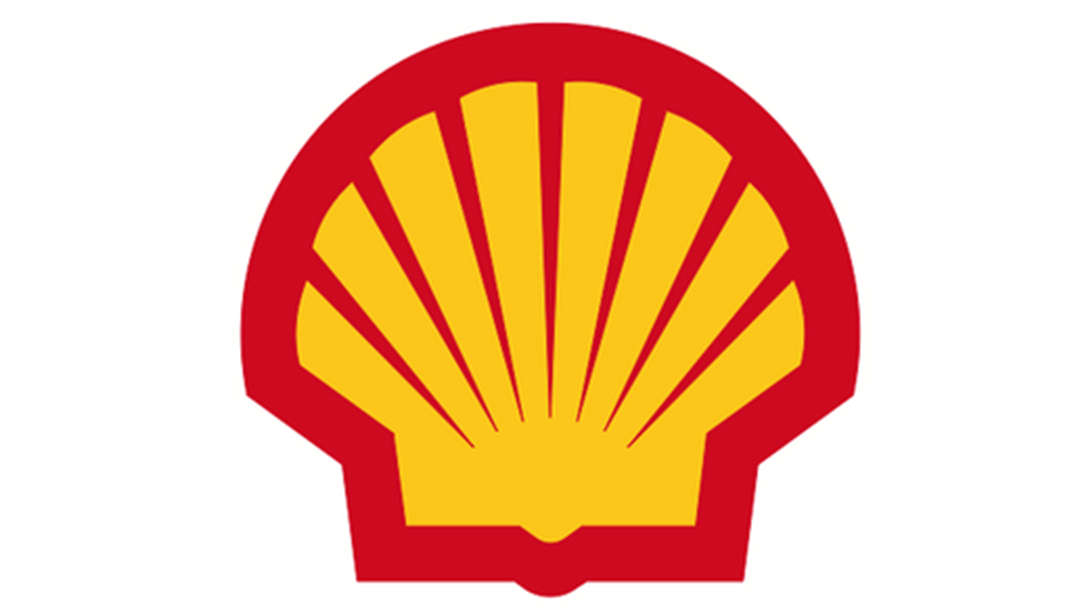
Shell is an integrated energy company that aims to meet the world’s growing demand for energy in ways that are economically, environmentally and socially responsible. Shell employs around 84,000 people in over 70 countries and since 2016 has a dedicated business; Shell New Energies, to develop technologies and business opportunities for the energy transition. Shell’s New Energies business invests up to $2 billion a year in cleaner energy solutions. Research in the new energy space is conducted by Shell New Energies Research & Technology, who will be represented in this project by Shell Global Solutions International B.V., incorporated in the Netherlands.Shell New Energies Research & Technology currently employs between 150-200 staff engaged in activities ranging from fundamental research into catalysts and other materials, new technology developments and upscaling, through to de-risking and deployment. Shell New Energies Research & Technology also funds many PhD and Postdoctoral positions via technology collaborations with key institutions worldwide, for example with MIT, UC Berkeley (Energy Biosciences Institute), NREL, Cambridge, Imperial College, TU Delft and more
Main tasks in CHANNEL: Shell acts as advisor across several workpackages: development of catalyst and AEM materials as well as cell and stack designs. Shell also contributes to techno-economic analysis of the AEM system developed to compare directly to other alternatives (traditional alkaline and PEM systems) with a view to quantifying AEM electrolysis potential and further development priorities.
